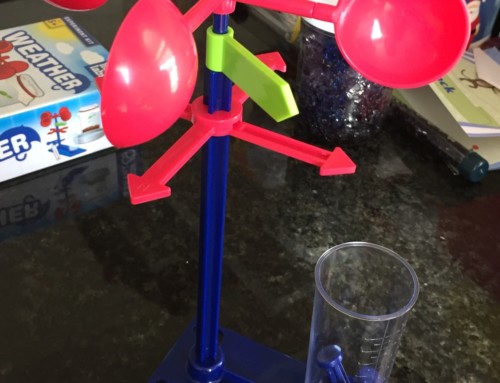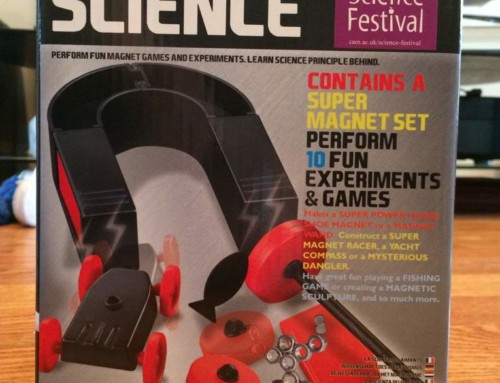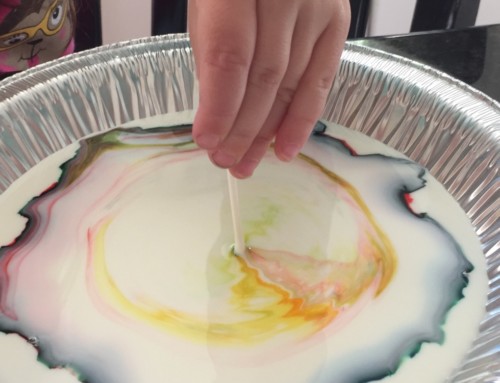Introduction to Experiments with Eggs
We had so much fun doing all of these “eggsperiments!” The first experiment uses eggs to learn about osmosis. Experiment 2 shows how you can use the rules of physics to actually walk on eggshells! The third experiment is a little hack that helps you determine if an egg has been hard boiled or not. Finally, the fourth experiment uses an eggshell to show how our teeth can get stained and must be scrubbed clean.

This post contains affiliate links, which means that if you click a link and make a purchase, Curious Little Classroom makes a commission at no extra cost to you. Thank you for your support!
Materials List for Experiments with Eggs
-2 raw eggs plus one dozen raw eggs
–white distilled vinegar
–corn syrup
–clear jar
–kitchen scale
-3 hard boiled eggs
–toothbrush and toothpaste
-coffee, tea, or soda
Experiment 1: Egg Osmosis
Begin by weighing a raw egg on a kitchen scale. Then place the egg into a clear jar of white distilled vinegar.


You will see small bubbles forming on the eggshell. This is

After 24 hours, pour off the vinegar and carefully remove the egg. Measure the mass of the again.

Put the egg back into the jar and cover it completely with corn syrup.

After 24 hours, pour off the corn syrup and carefully remove the egg. Measure the mass of the egg on the scale.


Here is a video showing what the egg is like after soaking it in vinegar and corn syurp.
How does it work?
After submersing the egg in vinegar, tiny bubbles form on the egg shell. This occurs because there are small holes in the eggshell called pores from which air escapes and enters the egg.
The egg is much softer after soaking in vinegar because its shell has dissolved. The thin, clear membrane holding all the egg parts in place is left behind. The egg is more plump than it was initially. Water is moving into an out of the egg, this is called osmosis. When the egg is placed in the vinegar solution, there is a higher concentration of water in the vinegar than inside the egg, to reach equilibrium, water moves into the egg.
After removing the egg from the corn syrup, it is still soft but is more wrinkled now due to the loss of water. When the egg is placed into the corn syrup, there is a higher concentration of water inside the egg than in the corn syrup so water moves out of the egg. Water molecules are small and can easily move across the membrane, whereas, proteins and sugars are large, so they cannot easily move across the membrane.
Experiment 2: Spinning Eggs
Now take a raw egg and a hard boiled egg of the same temperature and spin them on a hard surface. One egg should spin nicely while the other one does a little weeble wobble.
Here is a video showing the spinning eggs:
How does it work?
An object’s center of gravity is the place where it is balanced if given support. To be balanced means an object’s center of gravity is right on top of where they are being supported. For example, to balance a ruler on your finger, you must put the ruler on your finger at its center of gravity.
We use the word weight to describe the downward pull of gravity on an object. The center of gravity of an object will change as its weight shifts around. The raw egg has a liquidy inside which sloshes around when the egg spins, as it tries to find its center of gravity, it wobbles around.
The center of gravity does not change on the hard-boiled egg because the inside is completely solid and remains in place as you spin the egg.
If you touch the top of the raw egg lightly, it will keep moving. This is because the liquid center continues to move even while you are touching the outer shell. The reason the liquid continues to move is because it has momentum which is a resistance to change.
Experiment 3: Brush Your Eggs!
Make a few hard boiled eggs. We have this cool hard boiled egg maker so we made them in that.


After the eggs cool, soak them in coffee, tea, or soda for an hour or two.


Your eggs should have a slight stain on them after removing them from the liquid. This is the same thing that happens to your teeth after drinking liquids that have a dark, staining color.

Use a toothbrush and toothpaste to carefully brush your eggs. The eggs have been sitting out for too long and may have grown some harmful bacteria on them. Therefore, you should throw away the toothbrush afterward and do not eat the eggs!


After brushing your eggs, you can see that the egg on the left is cleaned of the stain.

How does it work?
It took a little while to get the egg clean. It was also difficult because of the egg’s shape to hold it and brush it at the same time. This is similar to our teeth. We must brush for awhile to really get our teeth clean. Our teeth have an odd shape with many nooks and crannies so it is important to brush your teeth for at least 2 minutes.
Experiment 4: Walking on Eggshells
Lay down a towel and put a dozen raw eggs in their carton on the towel. Check that all the eggs “pointy” sides are facing down in the carton. Carefully step your entire foot onto the eggs at once. Your weight should be distributed evenly on as many of the eggs as possible.
How does it work?
An egg’s semi-oval shape makes it very strong. The top and the bottom of eggs are shaped like a3-dimensional arch, which is very strong. If you step on the top or the bottom of the egg, the shell will be strong enough to hold a human’s weight if it is evenly distrubuted.
Thanks for reading! Be sure to check out all of our science enrichment projects!






